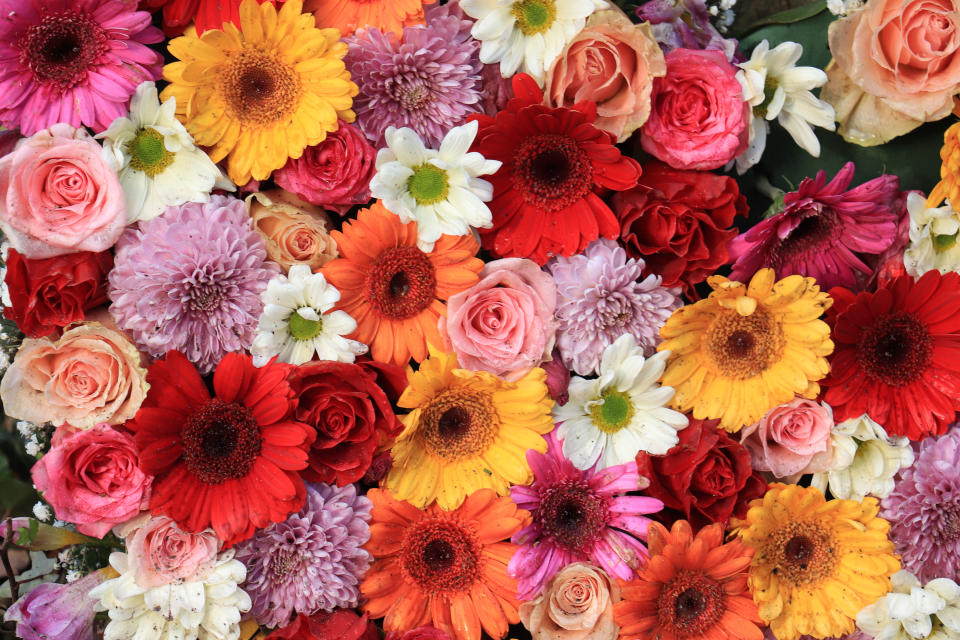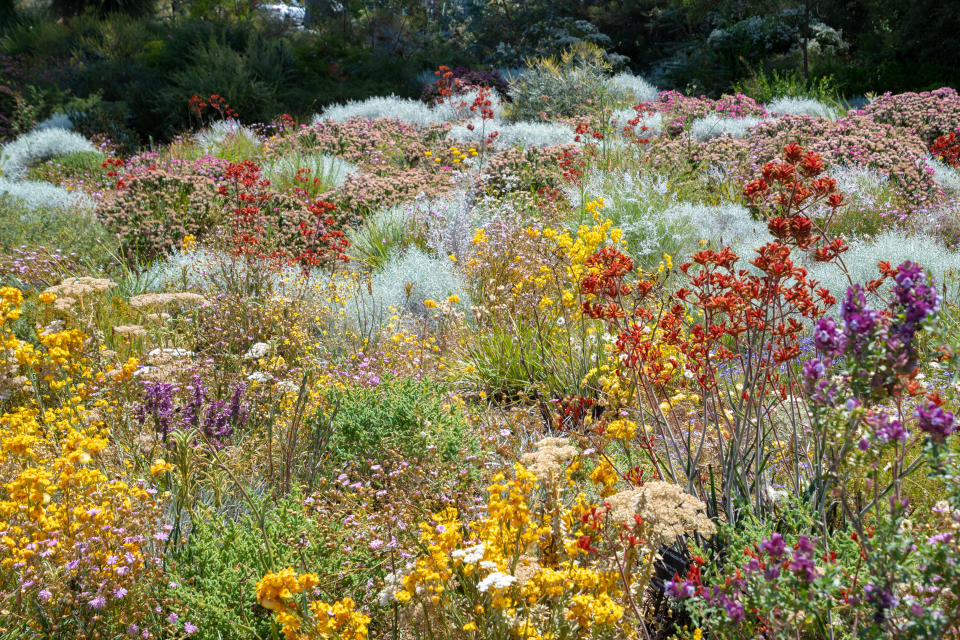Shock side effect of Valentine’s Day flowers

The international flower industry is worth around AU$104 billion, but environmental organisations are warning Valentine’s Day blooms come with an uncomfortable side effect.
The three weeks of flower delivery flights leading up to Valentine’s Day cost the environment 114 million litres of fuel, emitting approximately 360,000 metric tons of carbon dioxide, an experiment carried out by the International Council on Clean Transportation found in 2018.
The lifecycle and sales of cut flowers have carbon footprints of up to 3 kilograms of CO2 per cut flower, another study from Cranfield University found.
The issue recently caused problems for popular supermarket Aldi, after social media users discovered Aldi’s roses were grown in Kenya. Most flowers sold in Australia are foreign-grown.
Are some flowers better than others?

The most sustainable option is to grow flowers yourself and then give those as gifts. But that’s not realistic for a lot of people.
The next option is to opt for locally grown flowers, as this means the blooms have had less distance to travel.
If this isn’t an option, consider buying flowers marked as FairTrade or sustainable.
Another option is to purchase potted plants rather than cut blooms: they’ll last longer.
What about a tree?

Reforestation organisation Tree-Nation has another idea: plant a tree.
The platform has so far planted 5 million trees with 80 active restoration projects, and this Valentine’s Day is calling on romantics to consider a tree rather than a flower.
A single tree is capable of cleaning up to 250 kilograms of CO2 over its lifespan.
And, as Tree-Nation notes: “Cut-flowers usually just last for a couple of weeks, [but] a tree will last as long as any relationship.”
Make your money work with Yahoo Finance’s daily newsletter. Sign up here and stay on top of the latest money, news and tech news.
Follow Yahoo Finance Australia on Facebook, Twitter, Instagram and LinkedIn.

 Yahoo Finance
Yahoo Finance 
